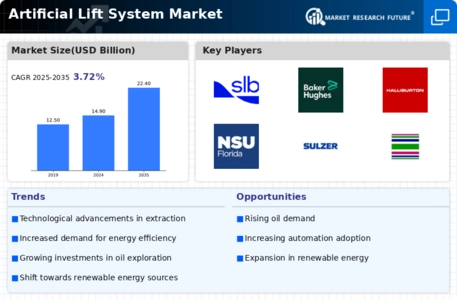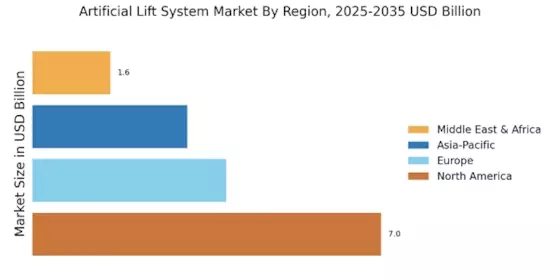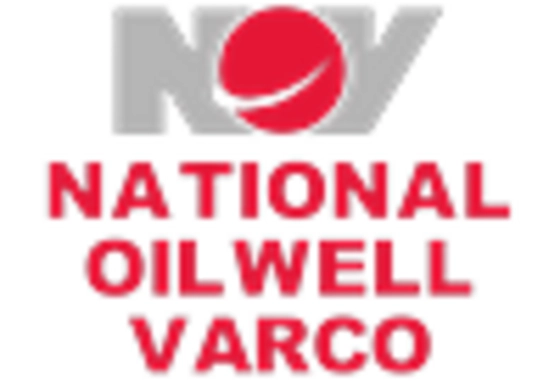Increasing Oil Production Demand
The demand for oil continues to rise, driven by industrial growth and energy needs. This trend is particularly evident in emerging economies, where urbanization and industrialization are accelerating. The Artificial Lift System Market plays a crucial role in enhancing oil recovery rates, thereby meeting this growing demand. In fact, it is estimated that the global oil production could reach approximately 100 million barrels per day by 2025, necessitating advanced artificial lift technologies to optimize extraction processes. As oil fields mature, the need for efficient artificial lift systems becomes even more pronounced, indicating a robust market potential for these technologies.
Regulatory Support for Energy Efficiency
Regulatory frameworks aimed at promoting energy efficiency are influencing the Artificial Lift System Market. Governments are increasingly implementing policies that encourage the adoption of technologies that reduce energy consumption and emissions. This regulatory support is particularly relevant for artificial lift systems, which can significantly enhance the efficiency of oil extraction processes. As regulations tighten, operators are compelled to invest in advanced lifting technologies that comply with these standards. The market for energy-efficient artificial lift systems is expected to expand, driven by both regulatory mandates and the industry's commitment to sustainability.
Focus on Enhanced Oil Recovery Techniques
The emphasis on enhanced oil recovery (EOR) techniques is becoming a pivotal driver for the Artificial Lift System Market. As conventional oil reserves deplete, operators are turning to EOR methods to extract additional oil from existing fields. Technologies such as thermal recovery and chemical injection are gaining popularity, and artificial lift systems are integral to these processes. The EOR market is projected to grow significantly, with estimates indicating that it could account for over 30% of total oil production by 2025. This shift towards EOR is likely to create substantial opportunities for artificial lift system providers.
Increased Investment in Oil and Gas Exploration
Investment in oil and gas exploration is witnessing a resurgence, particularly in regions with untapped reserves. This trend is expected to bolster the Artificial Lift System Market, as new exploration projects often require advanced lifting technologies to ensure efficient extraction. Countries rich in oil reserves are increasingly allocating budgets for exploration and production, with estimates suggesting that exploration spending could exceed $100 billion by 2025. This influx of capital is likely to drive demand for artificial lift systems, as operators seek to maximize output from newly discovered fields and enhance the productivity of existing wells.
Technological Innovations in Artificial Lift Systems
Technological advancements are reshaping the Artificial Lift System Market, with innovations such as electric submersible pumps and gas lift systems gaining traction. These technologies enhance efficiency and reduce operational costs, making them attractive to oil producers. For instance, the integration of IoT and automation in artificial lift systems allows for real-time monitoring and predictive maintenance, which can significantly improve uptime and reduce failures. The market for artificial lift systems is projected to grow at a compound annual growth rate of around 5% through 2025, driven by these technological innovations that promise to optimize production and reduce costs.


















Leave a Comment